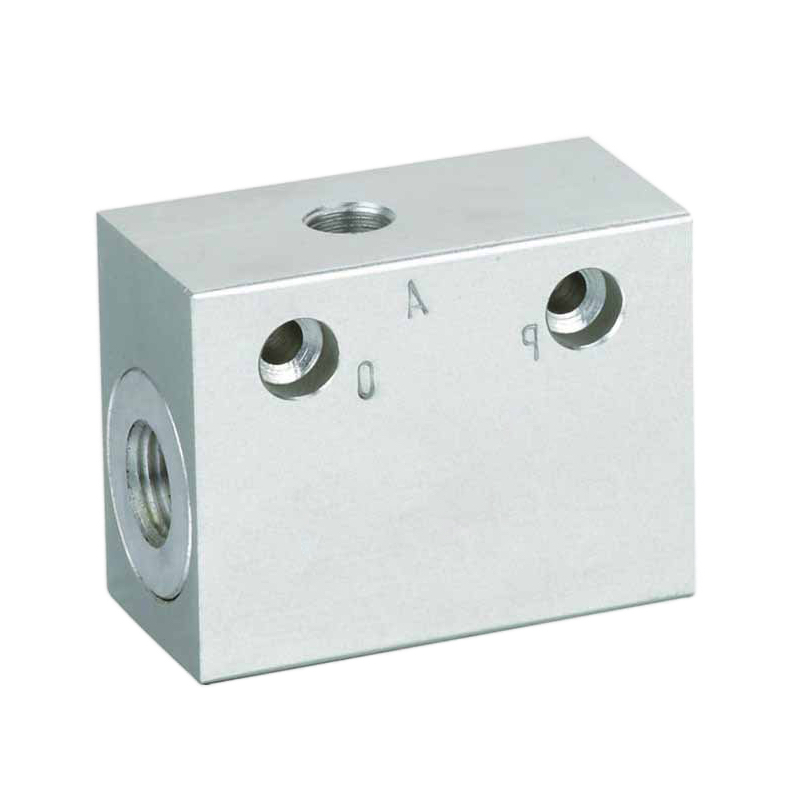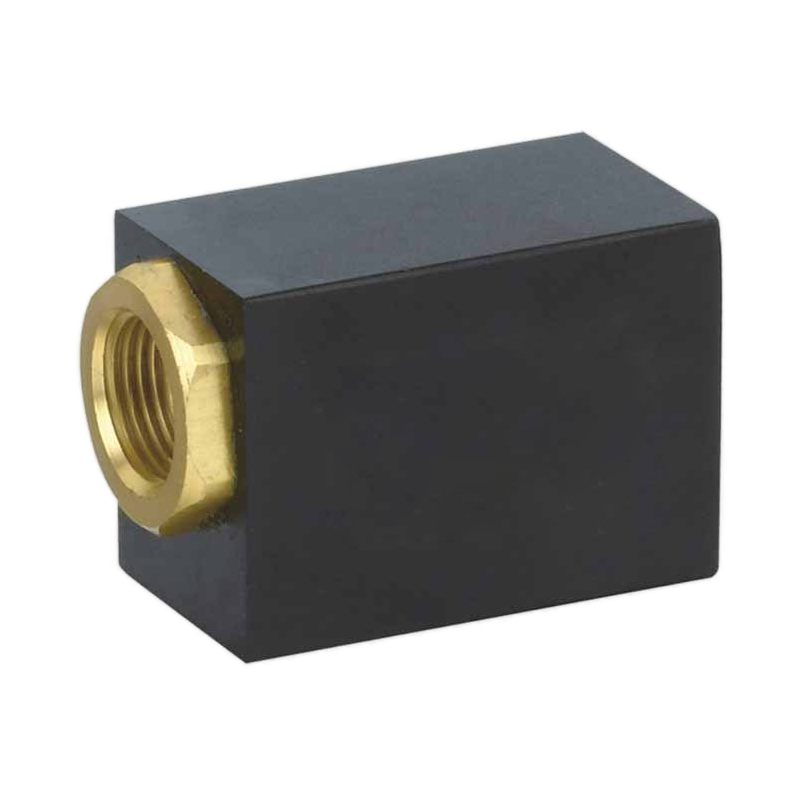When your pneumatic cylinders are moving slower than molasses, costing you precious production time and money, you’re probably dealing with restricted exhaust flow. This bottleneck can turn your efficient automation into a costly headache.
A quick exhaust valve works by providing a direct, unrestricted path for compressed air to escape from a pneumatic cylinder, bypassing the control valve and significantly increasing cycle speeds by up to 50%. This simple yet ingenious device eliminates the exhaust air bottleneck that typically occurs when air must travel back through narrow control valve passages.
I recently worked with Sarah, a production manager at a packaging facility in Michigan, whose line was running 30% below target speeds. After installing quick exhaust valves on her rodless cylinders1, she immediately saw the improvement she needed to meet her quotas.
Table of Contents
- What Exactly Is a Quick Exhaust Valve?
- How Does the Internal Mechanism Function?
- Why Do Quick Exhaust Valves Boost Cylinder Speed?
- When Should You Install Quick Exhaust Valves?
What Exactly Is a Quick Exhaust Valve?
Understanding the basics helps you make smarter pneumatic decisions for your operations.
A quick exhaust valve is a three-port pneumatic component that automatically switches between supply and exhaust modes, allowing compressed air to enter through the control valve but exit directly to atmosphere, eliminating return path restrictions.
Core Components and Design
The valve contains three essential ports:
- Input port: Connected to your control valve output
- Output port: Connected directly to your cylinder
- Exhaust port: Vents directly to atmosphere
A spring-loaded poppet or diaphragm inside acts as the switching mechanism. When supply pressure enters, it pushes the internal element to block the exhaust port while allowing air flow to the cylinder. When supply pressure drops, the spring returns the element to its original position, sealing the supply path and opening the exhaust route.
How Does the Internal Mechanism Function?
The switching action happens automatically based on pressure differentials.
The internal poppet or diaphragm responds to pressure differentials2 by mechanically blocking one path while opening another, creating an automatic two-way switching function that requires no external control signals.

The Switching Sequence
During the extend cycle:
- Supply pressure from your control valve enters the input port
- This pressure pushes the internal element against the exhaust port, sealing it
- Air flows freely from input to output, pressurizing your cylinder
During the retract cycle:
- Supply pressure drops when your control valve switches
- The spring pushes the internal element back to its neutral position
- The supply path closes while the exhaust path opens wide
- Cylinder air vents directly to atmosphere through the large exhaust port
Why Do Quick Exhaust Valves Boost Cylinder Speed?
The speed improvement comes from eliminating a major flow restriction.
Quick exhaust valves increase cylinder speed because they provide a much larger, shorter exhaust path compared to the narrow passages inside control valves, reducing back pressure3 and allowing faster air evacuation.
Performance Comparison
| Factor | Standard Setup | With Quick Exhaust Valve |
|---|---|---|
| Exhaust Path | Through control valve | Direct to atmosphere |
| Flow Restriction | High (small passages) | Low (large port) |
| Back Pressure | Significant | Minimal |
| Cycle Speed | Baseline | 30-50% faster |
| Energy Efficiency | Lower | Higher |
Remember Tom, the maintenance engineer from a textile plant in North Carolina? His rodless cylinders were taking 2.3 seconds per cycle instead of the designed 1.5 seconds. After we installed Bepto quick exhaust valves, his cycle time dropped to 1.4 seconds, actually exceeding the original specification! 🚀
The Physics Behind the Speed Gain
When a cylinder retracts, the compressed air inside must escape before the piston can move. In a standard setup, this air travels back through your control valve’s internal passages, which are designed for control precision, not maximum flow. Quick exhaust valves eliminate this bottleneck by providing a dedicated, large-diameter escape route.
When Should You Install Quick Exhaust Valves?
Not every application benefits equally from quick exhaust valves.
Install quick exhaust valves when you need faster cylinder speeds, have long tubing runs between control valves and cylinders, or when your application requires rapid, repetitive cycling with minimal back pressure.
Ideal Applications
Quick exhaust valves excel in:
- High-speed packaging lines where cycle time directly impacts throughput
- Pick-and-place operations4 requiring rapid positioning
- Long pneumatic runs where tubing length creates additional restriction
- Large bore cylinders where significant air volume needs quick evacuation
When to Skip Them
Avoid quick exhaust valves in applications requiring:
- Precise speed control during retraction
- Gradual, controlled cylinder movement
- Extremely quiet operation (they can be noisy)
- Contamination-sensitive environments (direct atmosphere venting)
At Bepto, we’ve seen countless operations transform their productivity by strategically implementing quick exhaust valves. Our compatible replacements for major OEM brands deliver the same performance at a fraction of the cost, helping companies like yours stay competitive while maintaining reliability.
FAQs About Quick Exhaust Valves
Q: Can quick exhaust valves work with any pneumatic cylinder?
A: Yes, quick exhaust valves are universal components that work with any pneumatic cylinder, including our rodless cylinder replacements for major brands.
Q: Do quick exhaust valves affect cylinder force output?
A: No, they don’t reduce cylinder force since supply pressure remains unchanged; they only affect exhaust flow and speed.
Q: How much faster will my cylinders operate with quick exhaust valves?
A: Typical speed improvements range from 30-50%, though actual results depend on your specific system configuration and restrictions.
Q: Are quick exhaust valves difficult to install?
A: Installation is straightforward – simply connect them between your control valve output and cylinder input using standard pneumatic fittings.
Q: Can I use quick exhaust valves with rodless cylinders?
A: Absolutely! Quick exhaust valves work excellently with rodless cylinders and can significantly improve their already impressive speed capabilities.
-
Discover the design, types, and advantages of rodless cylinders in industrial automation. ↩
-
Understand the fundamental concept of pressure differential and how it drives fluid flow in pneumatic and hydraulic systems. ↩
-
Learn about the causes of back pressure in pneumatic circuits and its negative impact on system speed and efficiency. ↩
-
See examples of high-speed pick-and-place automation and understand its role in modern manufacturing. ↩





